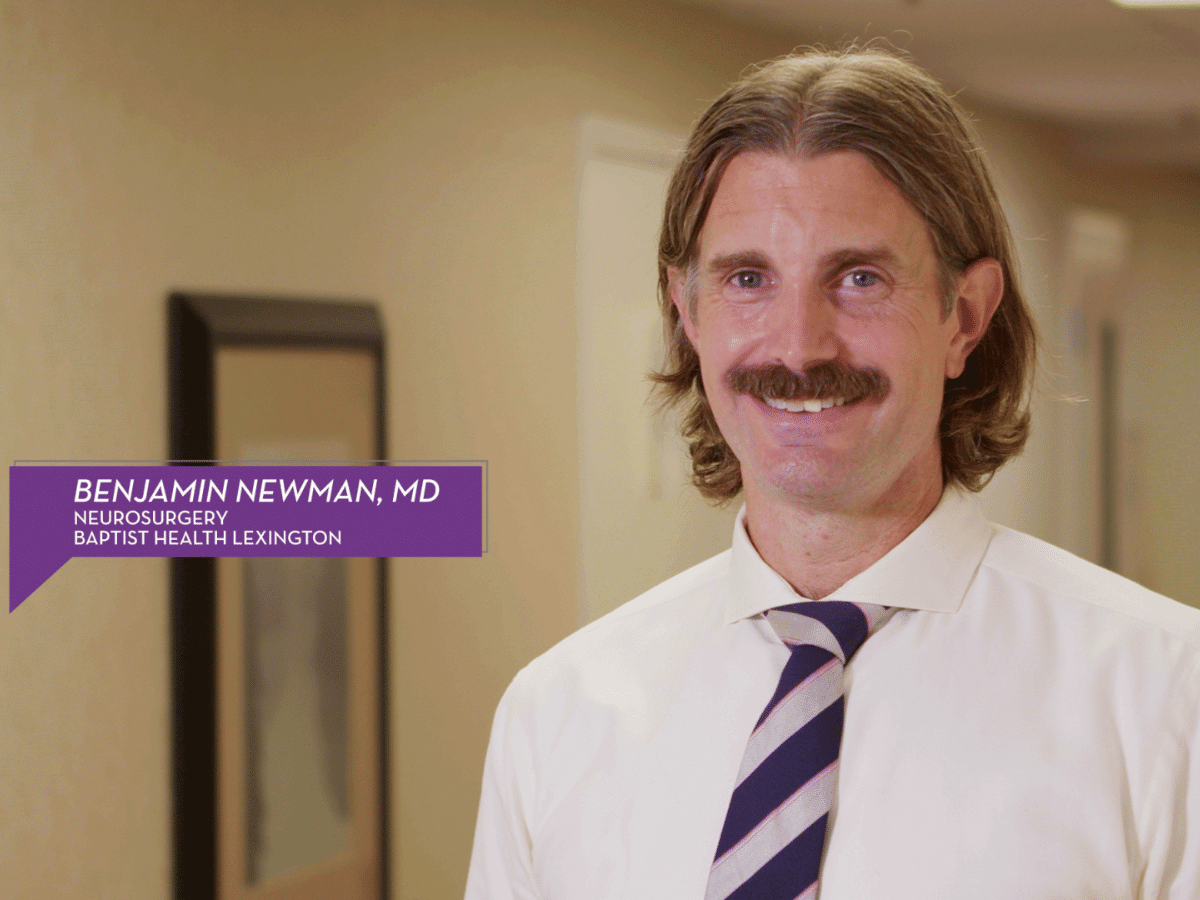Perfusion Imaging for Treating Strokes in Lexington, Kentucky
Baptist Health Lexington: Perfusion Imaging for Treating Strokes
Historically, strokes have been difficult to treat because of a lack of advanced technology. Learn about myocardial perfusion imaging and innovation in stroke treatment at Baptist Health.
Perfusion Imaging for Treating Strokes in Lexington, Kentucky HealthTalks Transcript
Curtis Given II, MD, Neurointerventional Services:
Stroke, historically, has been something that’s been very difficult to treat, because we didn’t have a lot of weapons to help treat that stroke. That really all changed in 2015 with people who had a stroke because of a large blood vessel being blocked. We could do something very similar to a heart cath, going through the blood vessels of the leg or the arm, to pull the blood clot out of the head in select patients to really extend that. Now, we have time windows that show that it’s a safe and a very efficacious therapy up to 24 hours in certain stroke patients.
What determines whether we can treat patients 12, 15, or up to 24 hours after stroke is largely based on what’s called perfusion imaging. Meaning that, we’re able to look at the blood flow through the brain with a CAT scanner and assess what is already brain that’s permanently damaged versus what’s brain that’s starving for oxygen and starving for blood that, if we restore blood flow, the patient’s symptoms may improve. We now get these scans on our phones, and we’re able to see immediately and identify when a patient has a large vessel occlusion stroke and know whether they’re a candidate for thrombectomy.
This technology can basically be put in any hospital. We can have access to that and know when people who are having these devastating strokes arrive at a rural community hospital and know that’s a patient who needs to transfer immediately for a procedure that could potentially save their life.



